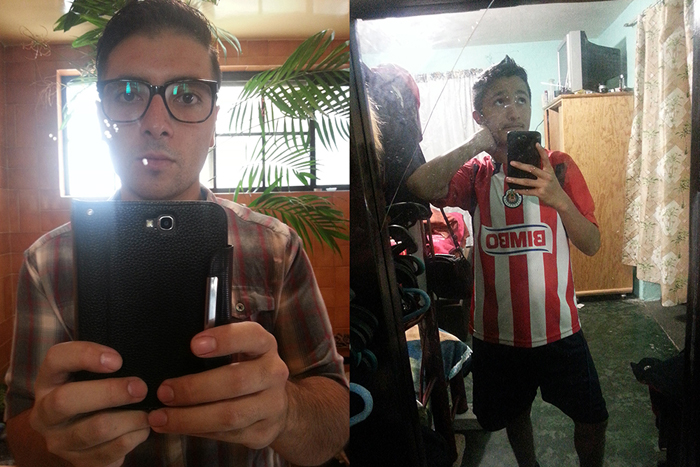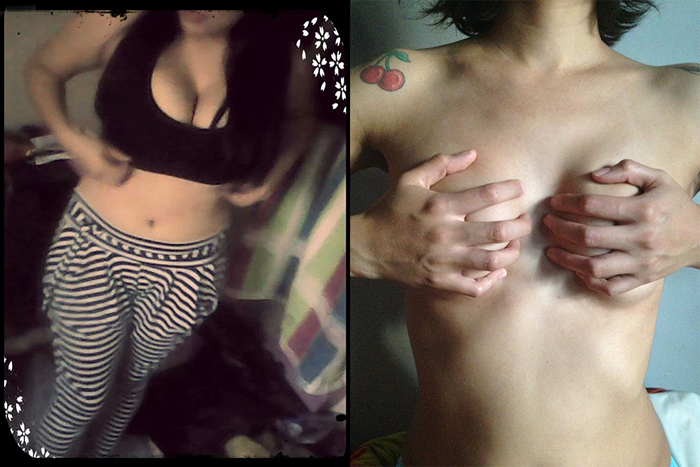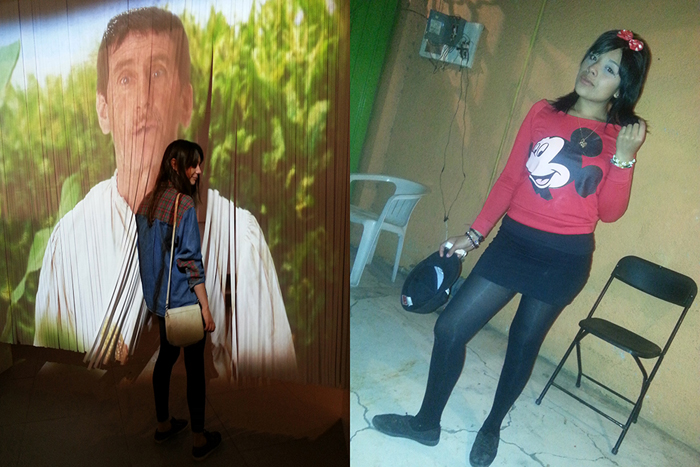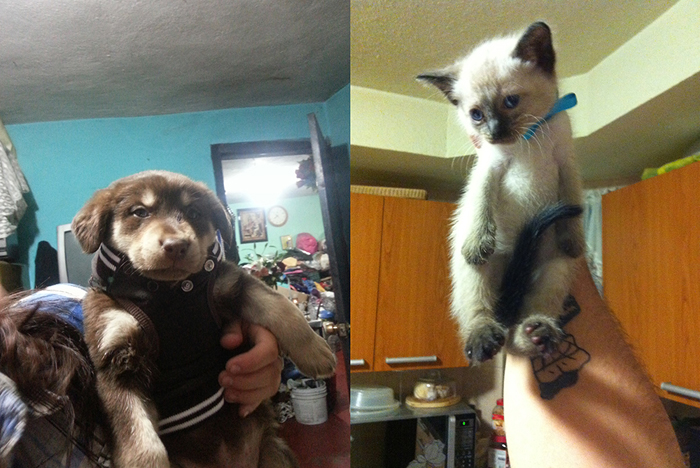 |
 |
 |
 |

Manuel Marañón Acuña. De la serie Soy tu Doppelgänger
Ciudad de México, 2012–2014
Impresión digital

Manuel Marañón Acuña. De la serie Soy tu Doppelgänger
Ciudad de México, 2012–2014
Impresión digital

Manuel Marañón Acuña. De la serie Soy tu Doppelgänger
Ciudad de México, 2012–2014
Impresión digital

Manuel Marañón Acuña. De la serie Soy tu Doppelgänger
Ciudad de México, 2012–2014
Impresión digital

Manuel Marañón Acuña. De la serie Soy tu Doppelgänger
Ciudad de México, 2012–2014
Impresión digital

Manuel Marañón Acuña. De la serie Soy tu Doppelgänger
Ciudad de México, 2012–2014
Impresión digital

Manuel Marañón Acuña. De la serie Soy tu Doppelgänger
Ciudad de México, 2012–2014
Impresión digital

Manuel Marañón Acuña. De la serie Soy tu Doppelgänger
Ciudad de México, 2012–2014
Impresión digital

Manuel Marañón Acuña. De la serie Soy tu Doppelgänger
Ciudad de México, 2012–2014
Impresión digital

Manuel Marañón Acuña. De la serie Soy tu Doppelgänger
Ciudad de México, 2012–2014
Impresión digital

Manuel Marañón Acuña. De la serie Soy tu Doppelgänger
Ciudad de México, 2012–2014
Impresión digital

A violent action: I was mugged in late 2012. Among the objects stolen, my cellphone—a fortuitous event. Paranoid even before then about losing any of my digital information, I had purchased various "cloud" services that create backups of it. My stolen cellphone's new user did not restore the factory default settings, nor did he modify the automatic backing up of information. The folder where my images were stored is still open, and because I was lazy, I still back up data from my new cellphone to that same folder. The result is a social network of sorts for two users, where we share, unfiltered, all the images we create.
He has one follower: me. I have none. After months of this semi-involuntary sharing, our intermixed images made me feel the same unease I do on other social networks, because his life seemed so much better than mine.
After getting over the shock of this realization, I became genuinely interested in other aspects of the process:
1) The original robbery allowed me, someone who makes images, to use and appreciate the photographs I was receiving. Also, participating in a virtual reality changed my opinions about the other reality—the tangible one. How could I interpret these images if they were just coded information, prone to being manipulated and reinterpreted?
2) Where does interpretation begin and end if there is no text to ground it? As an individual, I ultimately asked myself questions about the relationship my "unconscious" collaborator has with the people around him, with the experiences he seems to be enjoying, about his way of being in the world.
This is why I take part in these pictures. Though the arrangement in pairs could lead viewers to compare them, when the diptychs are presented in relation to other images they create a bridge, a narrative. These are photographs taken with my devices, at the same time as my "unconscious" collaborator. The associations between images are codified on different levels—intention, content or function.
→ Read more
→ Bio
Mexico City, 1987. Studied philosophy at the Universidad Nacional Autónoma de México and photography at the Escuela Activa de Fotografía. His work has been featured in group shows such as Feros 2.0 and Nostalgia por la permanencia in Mexico City. He has worked as a photographer for Samsung and Nylon magazine. His work has been published in Errr-magazine, Bistec, La Peste and Folio, among others. He is currently working as a photographer for the Quinqué agency.